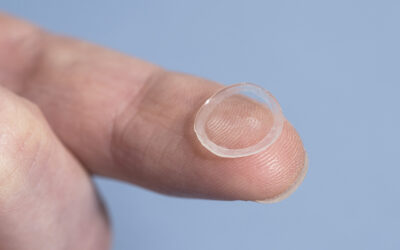 Nature uses few universal building blocks to achieve unique functional properties and diversity through different hierarchical structures. With a similar approach, it is possible to use pure polymers as building blocks to investigate, through bio-inspired design and 3D printing, the effect of different geometries.
Nature uses few universal building blocks to achieve unique functional properties and diversity through different hierarchical structures. With a similar approach, it is possible to use pure polymers as building blocks to investigate, through bio-inspired design and 3D printing, the effect of different geometries.
A representative example of this concept is the multifunctionality is bone, made up of simple building blocks, commonly found in other biominerals — hydroxyapatite and collagen — and assembled into different structures, at different hierarchical levels, to achieve multiple functions.
In this study by Markus J. Buehler et al. bone is chosen as a biomimetic model for its significant amplification in toughness with respect to its constituents and for its remarkable strength-toughness balance. This paper describes a method to obtain new composites with enhanced fracture toughness and a remarkable strength-toughness balance by implementing key bone microstructural toughening mechanisms. Additive manufacturing has shown to be a versatile, rapid, yet effective technique to prototype new designs. The newly designed biomimetic composites behave extraordinarily similar to the failure mechanisms observed in the microstructure of bone. In addition, with experimental testing, we observe in the composites a large amplification of mechanical properties with respect to pure polymers used as building blocks.
The outcome of this study offers design principles, and ways to manufacture them via additive manufacturing, to successfully achieve an amplification in mechanical properties of materials. With the increasing interest in multifunctional materials, biomimetics and additive manufacturing techniques such as 3D printing, such fundamental knowledge is not only crucial for understanding the role of the bone geometrical features in determining the fracture toughness, but it also provides guidelines for the design of future structural composites with an optimal strength-toughness balance.
Successful examples arise from laboratory research, as shown in this study, with the next challenges to find ways to scale up these innovative materials towards practical applications.

















